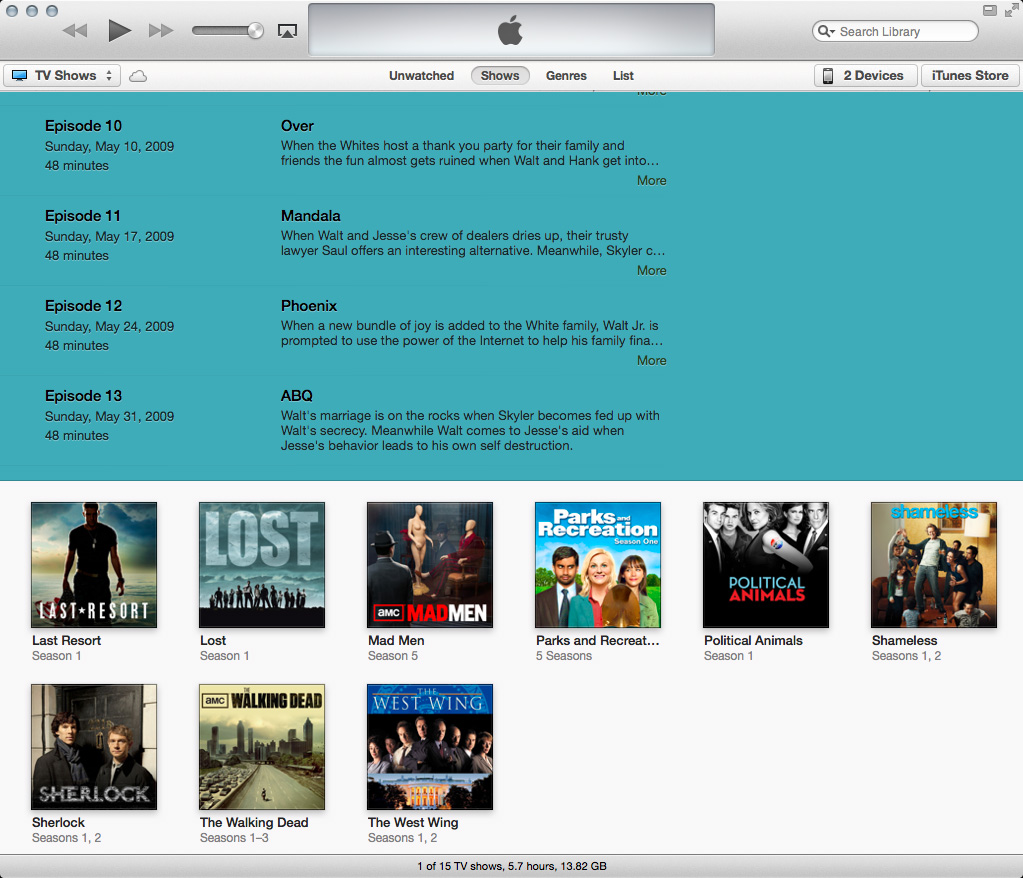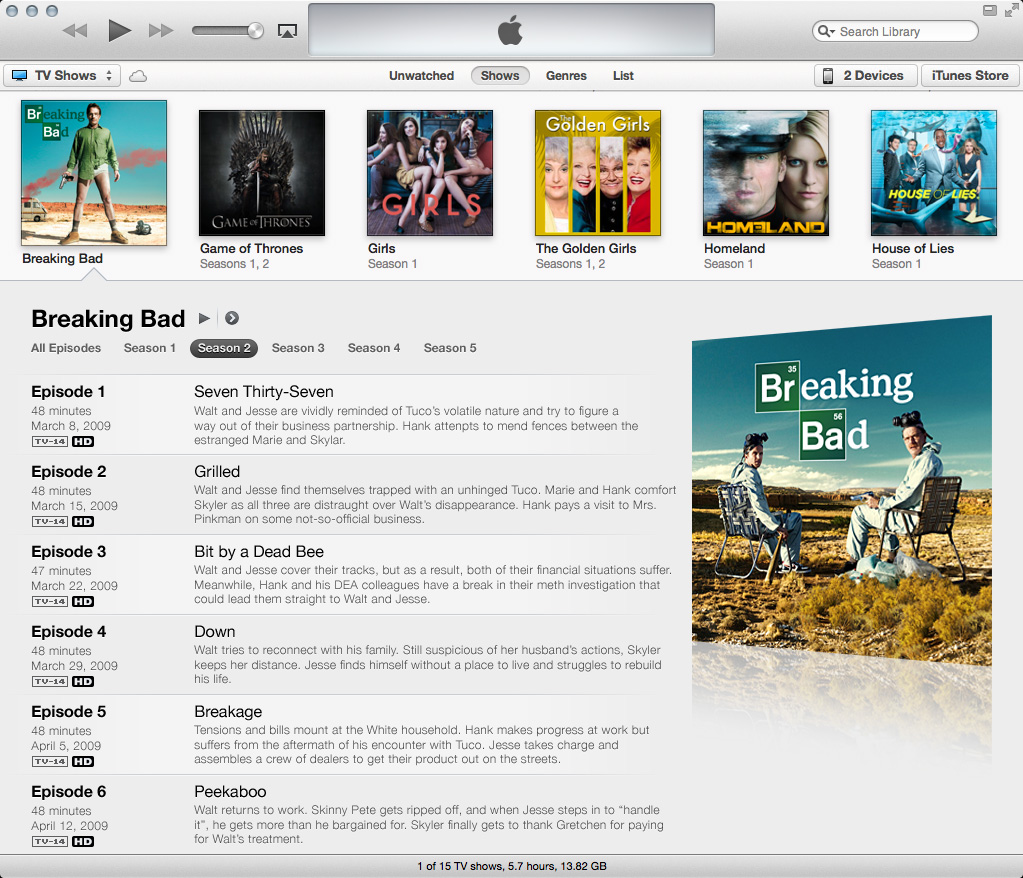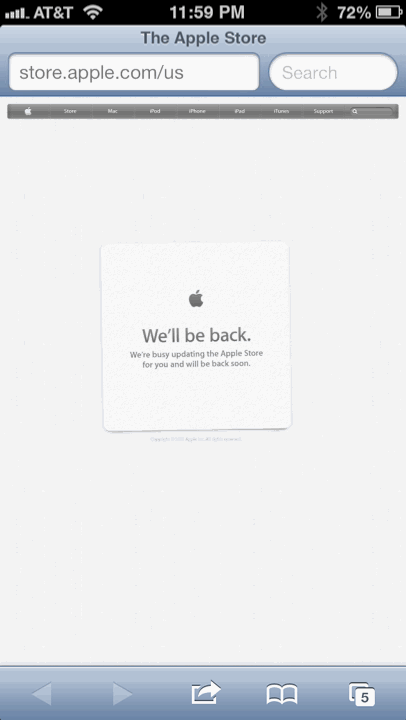Updated 31 Jan 2013 to add Beasts of the Southern Wild to the list
Here we are at the end of 2012—which means I present to you my now annual end-of-the-year list: my favorite film scores of the year. Like last year’s list, these probably wouldn’t be widely considered the best scores of the year (only one of these will receive an Oscar nomination), but they’re the scores I had on repeat the most this year.
(One note: some of these embedded tracks are a little long if you’re just looking to breeze through some samples, but I tried to pick out the best, most-representative tracks from the scores.)
Here we go.
5. The Dark Knight Rises by Hans Zimmer
I loathe what Hans Zimmer has done to the film-score industry: the over-simplification of music, the jettisoning of unique thematic identities, and the proliferation of ghost writers. And he’s become lazy: several of his latest scores—even, to an extent, this one—make him seem like he’s just out to collect a paycheck (see especially Pirates of the Caribbean 4). But, yes but, when he puts forth even some effort, the results can be enjoyable. As they are here. Last year, my guilty-pleasure-score-of-the-year went to one of Zimmer’s goons. This year it goes to him.
4. Safety Not Guaranteed by Ryan Miller
If you told me at the start of the year this list would include the sophomore film score from the lead singer of an alternative-rock band, I would have thought you were crazy after my, umm, distaste of a certain Oscar-winning (ugh) film score from the lead singer of another band. But, here it is. Miller’s score is just as quirky and charming as the film. I just wish there was more: the score is only about 15 minutes long. Still, an unexpected and enjoyable effort. Rarely do I finish watching a film and feel compelled to immediately purchase the score. That happened here.
4. The Avengers by Alan Silvestri
This score is a definite improvement over his Captain America: The First Avenger score, but it lacks the same punch that made, say, Back to the Future and The Mummy Returns so enjoyable. Don’t get me wrong; this score is still enjoyable, but it’s borderline Alan Silvestri on autopilot—though Alan Silvestri on autopilot is still better than a slew of other composers doing their “best” work.
What could have made this a better score are themes for the individual Avengers. This is more of a complaint against Marvel than it is Silvestri, though. In the five films leading up to The Avengers, there were five different composers with five different musical styles (Iron Man even had a different theme in both his films). As cohesive as the films were from character to character and director to director, there should have been more cohesion with the music. If the same composer couldn’t have scored each film, then at least a similar musical style should have been used. And with that similar musical style, each Avenger should have received a strong theme. Then, in The Avengers, when the character was introduced and did something heroic, their theme could have played. Instead, only Captain America (since that was Silvestri’s project) and Black Widow (I guess since she was such a strong character in the film) have individual themes. And when these two characters do something heroic, their theme plays. The other characters, though, have no individual musical identity here. Curiously, Thor had a strong theme in his individual outing, but it isn’t used in The Avengers. And lastly, after Silvestri’s back-to-back scoring duties for Marvel, I thought he would become their resident composer, but Iron Man will receive his third composer for his third film—and likely his third theme. Anyway, I’ve gone off on a tangent. Back to the list.
4. Beasts of the Southern Wild by Dan Romer & Benh Zeitlin
Speaking of charming scores from newcomer film composers, Dan Romer and Benh Zeitlin’s score for Beasts of the Southern Wild is a late—but welcomed—addition to my list. Even with some buzz throughout 2012, somehow this score escaped me. But after the film was nominated for Best Picture, I checked out the score, and I’m glad I did. Infused with bayou flavors and dreamy textures, the score is enchanting and even a bit uplifting. And the last track (embedded above) is infectiously delightful. I haven’t seen the film yet, but I hope it’s every bit as splendid as its score.
3. For Greater Glory by James Horner
Gone are the days where I would berate and bemoan James Horner for self-plagiarism. Here’s a score that is littered, peppered, and otherwise filled with self-references, recycled ideas, and his damned four-note danger motif he’s been using since his Willow score in 1988 (in this regard, his scores are sometimes the musical equivalent of taking the ingredients of a taco and making an enchilada instead: something different, but still kinda the same thing). But it all comes together in a surprisingly refreshing way—refreshing not in the sense Horner is doing much that is new, but refreshing in that here’s an “old school” film composer still creating evocative orchestral film music.
3. The Amazing Spider-Man by James Horner
Apparently I have something wrong with me. This list not only includes more than one “non film composer”, but it includes TWO James Horner scores. Whoa. Where For Greater Glory is something of a greatest hits for Horner, The Amazing Spider-Man is something unique—and, again, refreshing—in his filmography. Horner clearly had fun with this score. Not only are there very few self-references (maybe just one?), his main theme (at 6:32 in the clip above) excellently mirrors Spider-Man as it ascends and descends just like the character swinging through the city.
2. John Carter by Michael Giacchino
Most of my favorite film composers started composing far earlier than when I started listening, but with Michael Giacchino, I’ve been able to follow along with his growth and rise in the film-score industry. Listening to his evolving sound and his quest to find his own musical voice has been enjoyable. In his earliest scores, he evoked other composers (John Williams in Medal of Honor (video game), Ron Goodwin in Secret Weapons Over Normandy (video game), and John Barry in The Incredibles), but thanks to his work on six seasons of Lost, he found his own voice. And that voice is on full display with this score that’s filled with orchestral adventure and fantasy. His work on Lost may be his biggest achievement in terms of the amount of music and themes, but his work here may be his biggest achievement in terms of the level of symphonic epicness. Too bad the film did so poorly because this score deserves some greater recognition.
1. Lincoln by John Williams
Last year, I said Williams’s War Horse was his best dramatic score since Schindler’s List, but this score supplants it. The film was terrifically spotted. Large parts of the film were left unscored, and many parts with music were accompanied by a restrained score, but when the film needed that classic Williams lyricism, the score expertly rose to the occasion. From the period-inspired theme to the folksy, jaunty piece to the masterful dramatic swells, he writes at a level both technically and lyrically unmatched by his decades-younger peers. About War Horse last year, I wrote, “No other score reached the emotional and orchestral heights both in and out of the film like War Horse did. I hope to say the same about Williams’s Lincoln this year.” Well, I can. Without hesitation.
And like his two scores last year and Giacchino’s John Carter and Horner’s The Amazing Spider-Man this year, this score serves as something of a giant middle finger to Hans Zimmer and the film-score industry as it drifts toward the Zimmer-ification of film scoring. Eschewing Zimmer tendencies, these scores harken back to the grand symphonic romps of yesteryear. And for someone like me, that is indeed quite a treat.
Here’s to more orchestral magic in 2013.









